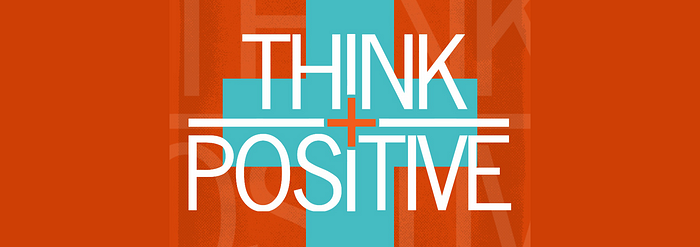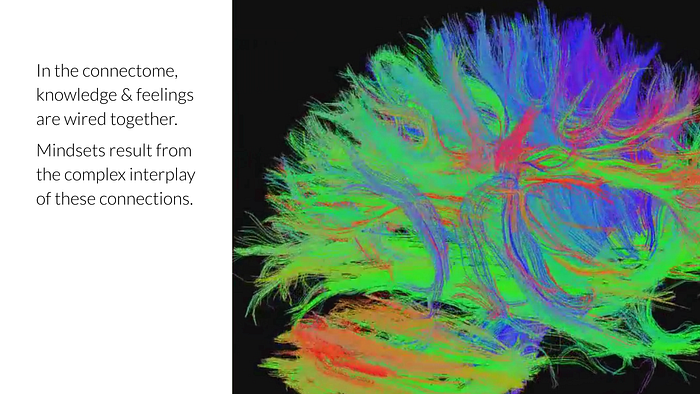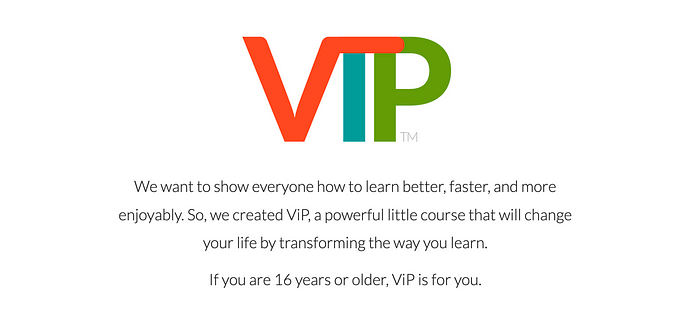
Mindset, emotion, & learning
There are at least three distinct ways of thinking about mindset. All are bound up with emotion, and each has its own implications for learning and development.
Even the most cursory exploration of the mindset literature quickly reveals that mindset is not a single, unified construct. In this article, I lay out three common ways of thinking about “mindset,” and explore their implications for learning and development.
As shown in the table below, the first way of looking at mindset treats it as a state of mind. For example, Carol Dweck, in Mindset: The New Psychology of Success, described “fixed” vs. “growth” mindsets—two distinct states of mind that determine how available we are for learning.
A second way of conceptualizing mindset is as a way of understanding something specific, such as the nature of leadership or an aspect of leadership. An example of this way of thinking about mindset is evident in efforts to change an individual’s conception of leadership from leadership as control to leadership as cultivation.
The third way of conceptualizing mindset is as a general way of understanding. This conception is often associated with the major developmental transformations described in the cognitive developmental literature spawned by James Mark Baldwin and Jean Piaget. In this way of thinking, shifting someone’s mindset involves bringing about a major reorganization of their way of thinking about an entire area of knowledge, or in some cases their way of thinking about everything.
The image below lays out these ways of conceptualizing mindset, and how they relate to emotion, learning, and environmental context.

Mindset & emotion
As recent research on the connectome demonstrates, knowledge, skills, reasoning, and emotion are not independent of one another. In healthy brains, the parts of the brain that support these functions are connected in complex ways. Most of the time, this interconnectedness is beneficial. For example, we’re more likely to remember or be motivated to act on information that is connected to emotion. But sometimes this interconnectedness gets in our way, as when an attitude has been reinforced by emotion in a non-adaptive way.

I’m going to borrow from psychoanalysis and use the word cathexis when referring to states of mind or ways of thinking and understanding that are bound up—through neural connections—with emotion. A mindset becomes cathected when it has been repeatedly associated with a particular emotion (or set of emotions) or when it has been associated with an intensely emotional experience. Cathexis, the way I am using it here, can be adaptive or maladaptive, more or less intense, and more or less persistent. It plays an important role in forming and maintaining mindsets—especially mindset as a state of mind.
Mindset as a state of mind
States of mind (cognitive states, attitudes, beliefs, and biases), develop through repeated encounters with the physical or social environment. Encounters between mental states and the environment often evoke emotions, and when the same emotions are repeatedly associated with a particular mental state, that state becomes cathected with those emotions. For instance, a student who is repeatedly punished for getting wrong answers is likely to associate the mental state of not understanding with shame or fear, whereas a student who has learned in an environment that is less focused on right and wrong answers and treats errors as learning opportunities is more likely to associate the mental state not understanding with positive emotions like excitement or anticipation.
Mental states that are intensely cathected can be very difficult to shift. When the state of not understanding is cathected maladaptively with traumatizing emotions like shame or fear, adult learners may find it difficult to acknowledge a lack of understanding—even to themselves. The inability to self-diagnose or acknowledge a state of not understanding is a missed opportunity for growth. In contrast, when the state of not understanding is cathected with excitement or anticipation, learners are much less likely to miss a learning opportunity. Instead, they are likely to increase their understanding by seeking additional information or experience.
The best way to begin the process of breaking down maladaptive “state of mind” cathexis is to help learners (1) become aware of the sensations & emotions associated with that state of mind, then (2) begin the process of retraining the brain by building associations with more adaptive emotions.
Mindset as a way of understanding something specific
Although the way we understand a specific idea or issue is always cathected to some extent, ways of understanding tend to be more malleable than states of mind. This is because the brain is designed to learn—to take in and integrate new knowledge and experience into existing mental networks, and this inevitably results in altered understandings. That said, it’s important to keep in mind that although cathected mental states often motivate learning, they can also get in the way of learning by stalling the process before it begins. Consider, once again, the state of not understanding. When it is maladaptively cathected with shame, individuals may not be able to acknowledge gaps in their knowledge. If this is the case, they may be unable to open the door to learning opportunities designed to foster new understandings.
When learning becomes associated primarily with traumatizing emotions like shame, the resulting psychological impact is similar to that of other forms of trauma. We’ve coined the term learning trauma to describe this phenomenon.
When we deliver learning programs designed to shift learners’ ways of understanding a particular concept, such as an aspect of leadership, we should keep our eyes open for evidence of maladaptive cathexis. But we should also recognize that fostering shifts in thinking and understanding can be difficult for other reasons. Here are a few possibilities to take into account:
- The way of understanding you are attempting to foster is beyond the reach of a particular individual. (Learners aren’t equipped with the knowledge or skills base required to fully comprehend or leverage your program’s content.)
- The way of understanding you are attempting to foster is simplistic relative to a learners’ current skills or way of understanding. (Their skills or way of understanding is too advanced for your program.)
- The way of understanding you are attempting to foster is maladaptive for the learners’ context. (You’re teaching transparency to leaders who will be viewed as weak if they so much as admit a single mistake.)
- People learn at different rates—for genetic, historical, and contextual reasons.
- The learner isn’t interested.
Mindset as a general way of understanding
Research on the connectome shows that the parts of our brain that process information and emotion are profoundly interconnected, so it should be no surprise that even our most general ways of viewing and interacting with the world are impacted by cathexis.
For example, the development of individuals who suffer from maladaptive cathexis around learning is likely to be slower than the development of individuals whose cathexis is more adaptive. Because their development is slower, their general way of understanding is likely to become less malleable over time. In other words, by interfering with learning, maladaptive state of mind cathexis can contribute to “fixed mindset” at a global level.
Cathexis is not the only thing that affects general ways of understanding. The way we understand is also affected by the nature of mental development, the quality of learning opportunities, and the learning skills of learners.
Mental development occurs gradually — one micro-learning moment at a time. A new skill does not simply appear because we have become aware of its existence. It must be built through practice over time and often requires multiple precursor skills. Similarly, a concept develops and becomes more nuanced over time as our experiences of working with it in diverse specific contexts add to its meaning and emotional valence.
Actual large-scale shifts in ways of thinking or understanding can’t be accomplished through a single educational or experiential intervention (e.g., a weekend workshop). Participants who experience highly emotional Eureka moments (or other emotional signals that make them feel like a major transformation has occurred) aren’t at all likely to be experiencing a sudden global change of mindset. They are much more likely to be experiencing a “click” —a new awareness of connections between ideas that have been developing for months or years.
Summing up
When I set out to write this article, I’d been thinking about the mindset literature for some time. Colleagues will confirm that I’ve been leery of the mindset approach, partly because mindset seemed to mean so many different things, but primarily because Dweck’s work has been so frequently used to teach “open mindset” by exposing people to Dweck’s ideas. The notion that it’s possible to alter a state of mind simply by providing information about mindsets seems daft, as does the notion that an open mindset is inherently “better” than a closed mindset. States of mind are often strongly cathected and deeply entrenched through years of reinforcement. Moreover, states of mind usually make sense in the contexts in which they develop. They are adaptations. Having an open mindset is not an asset if all you are ever rewarded for is coming up with the right answer or following the rules. In these contexts, a closed mindset is likely to be more adaptive. If we really want to develop malleable mindsets we need to create conditions that support and reward growth.
Interested in learning more about learning emotions? Check out:
- Learning, emotion, and the Goldilocks zone
- Learning emotions: Feelings of understanding
- Learning emotions survey

